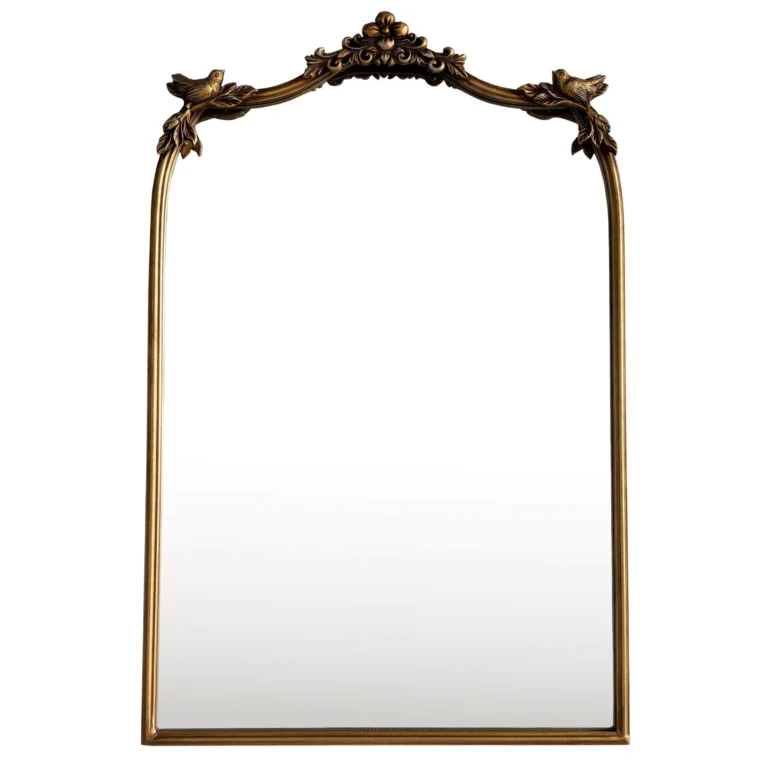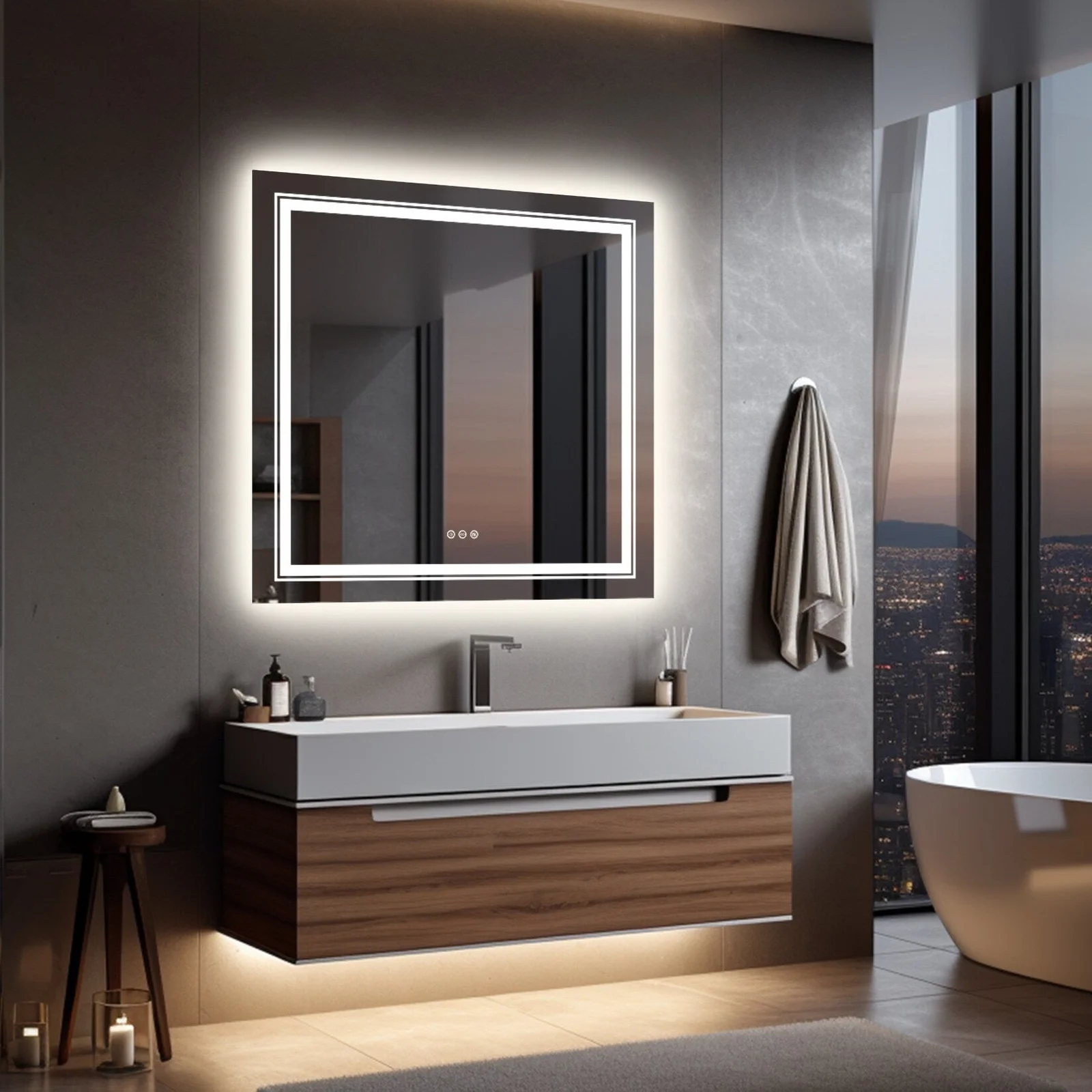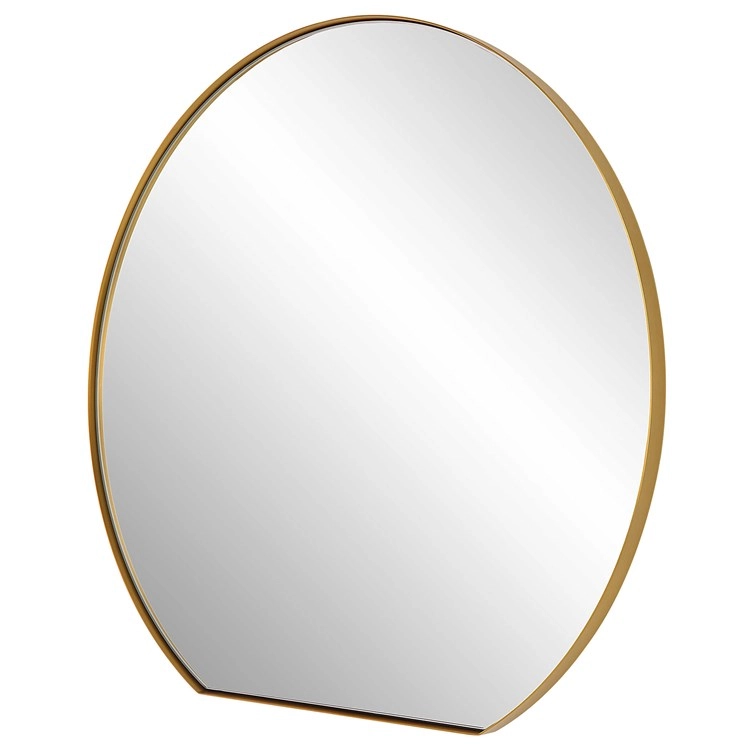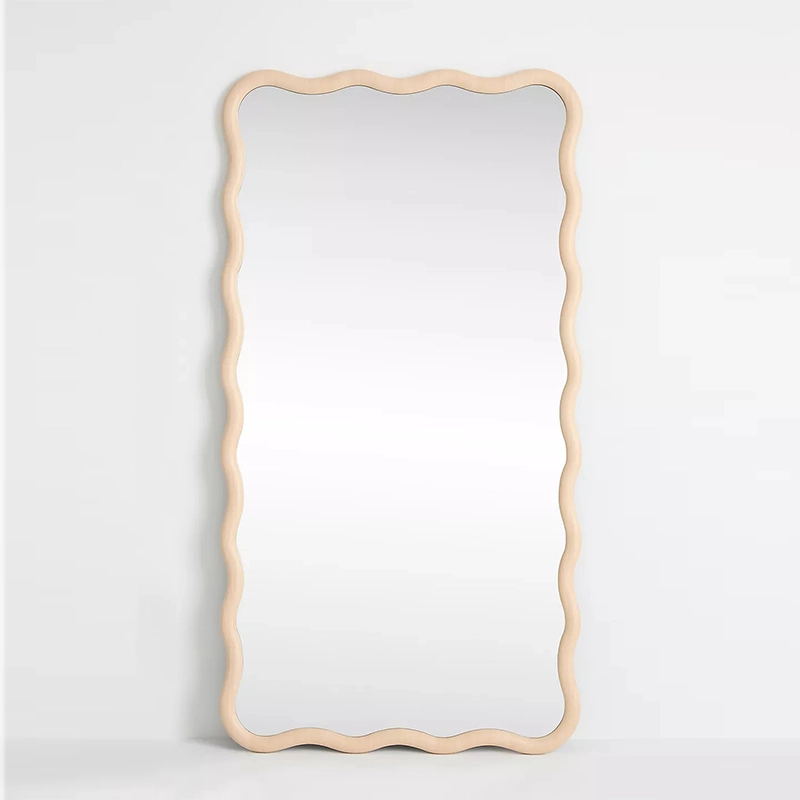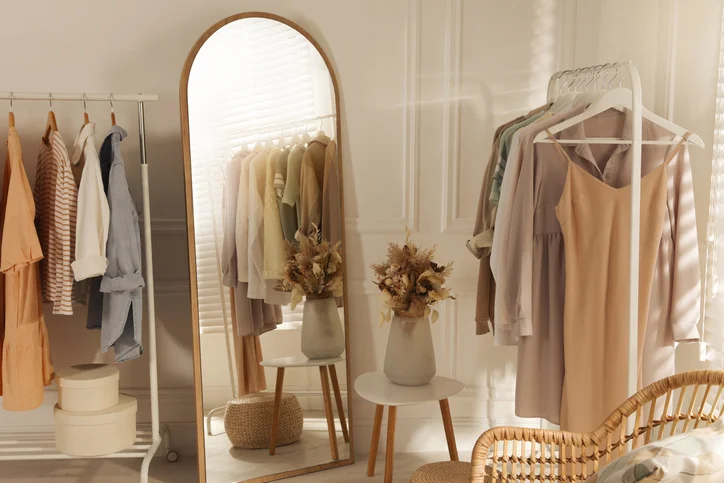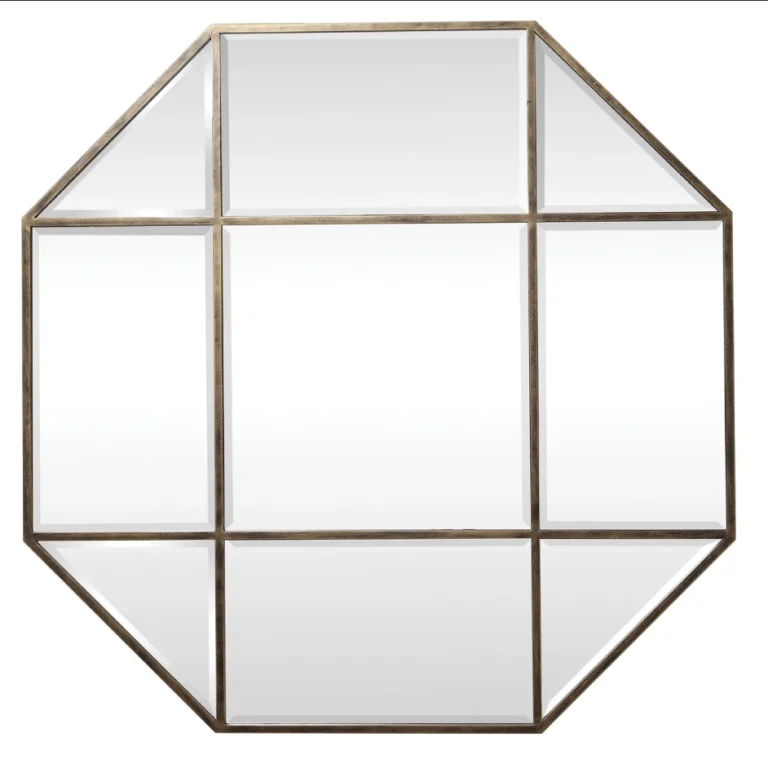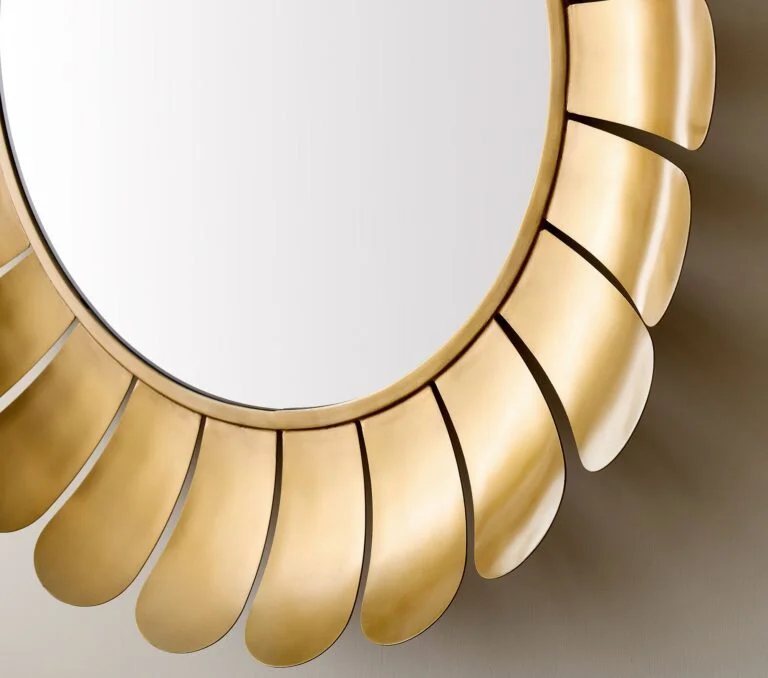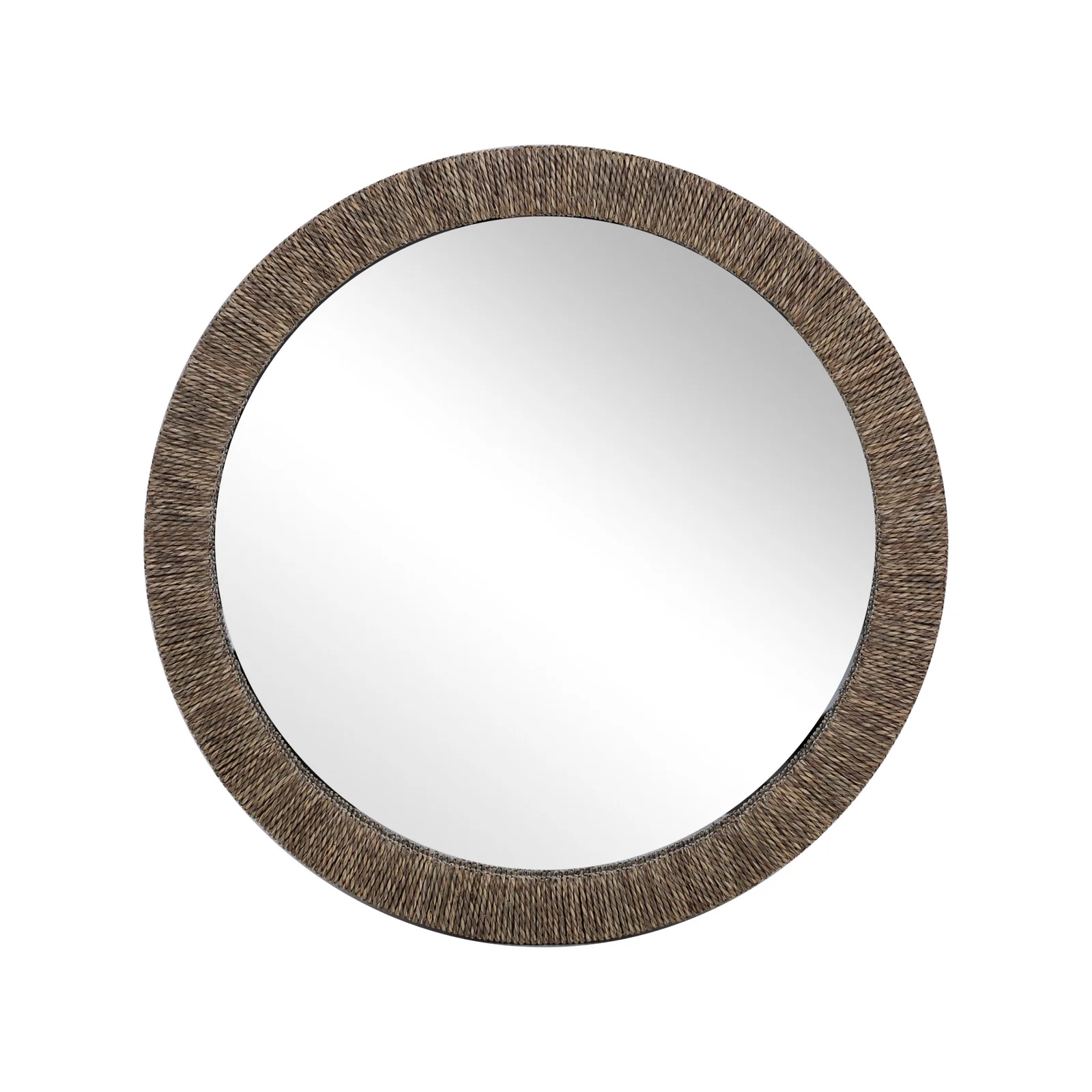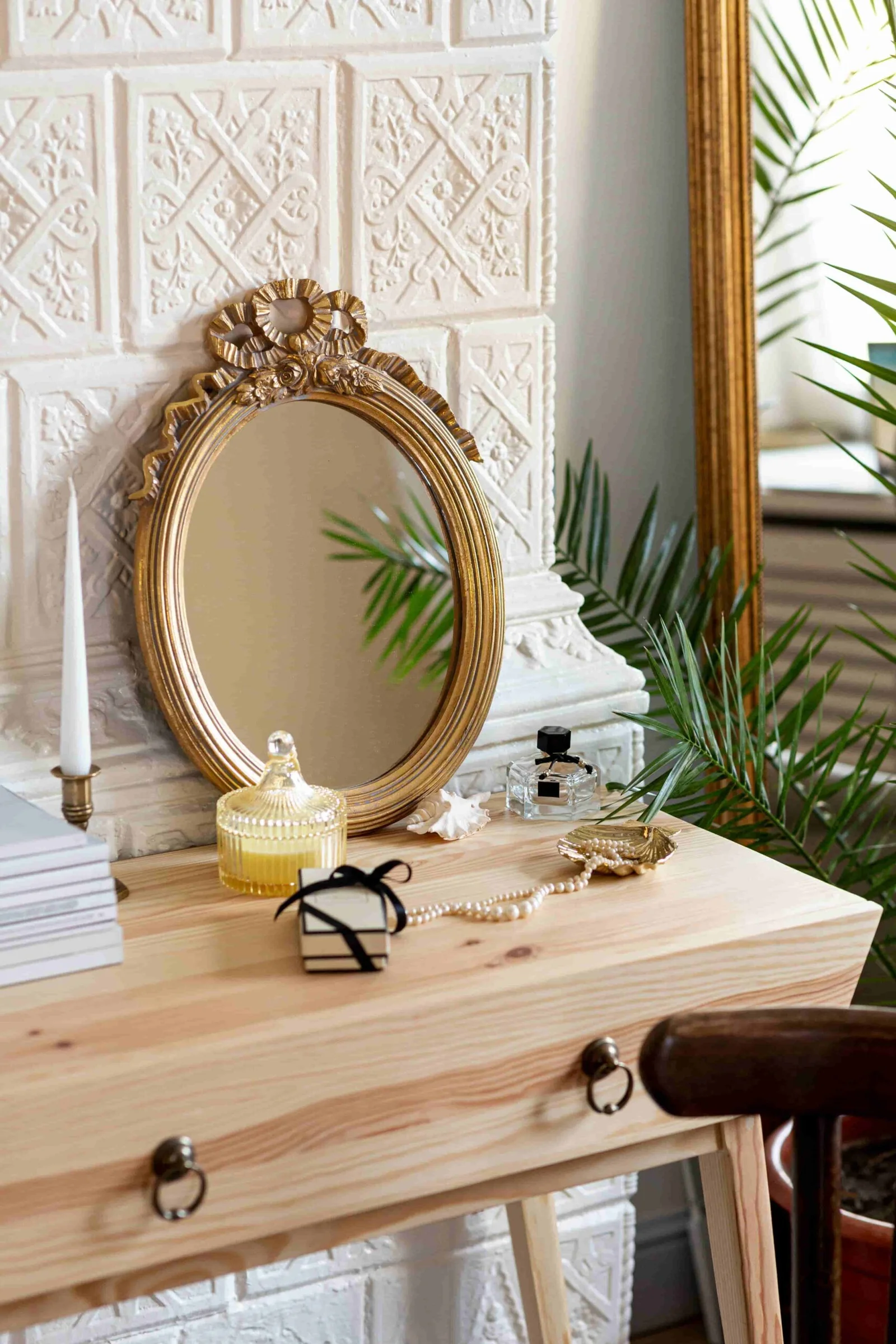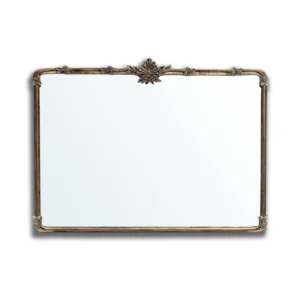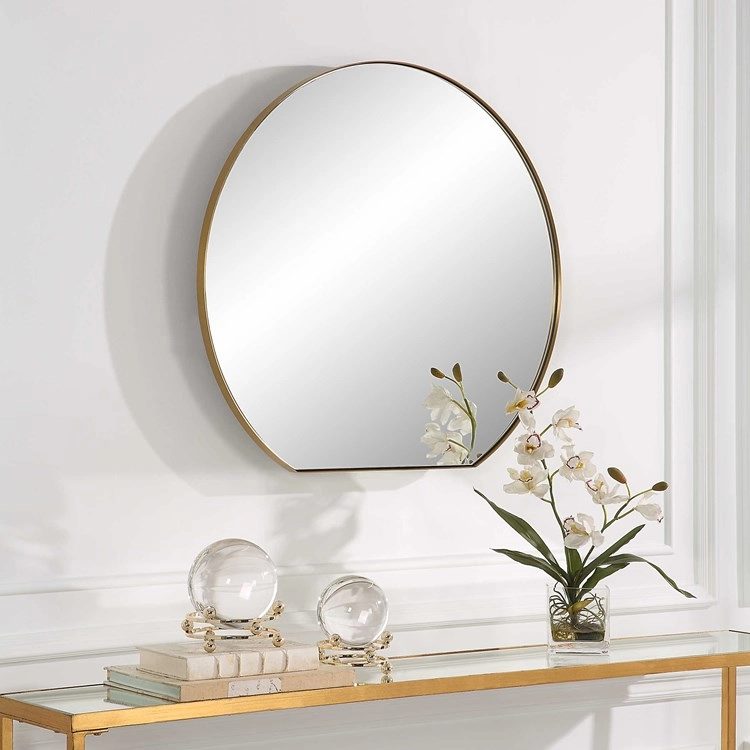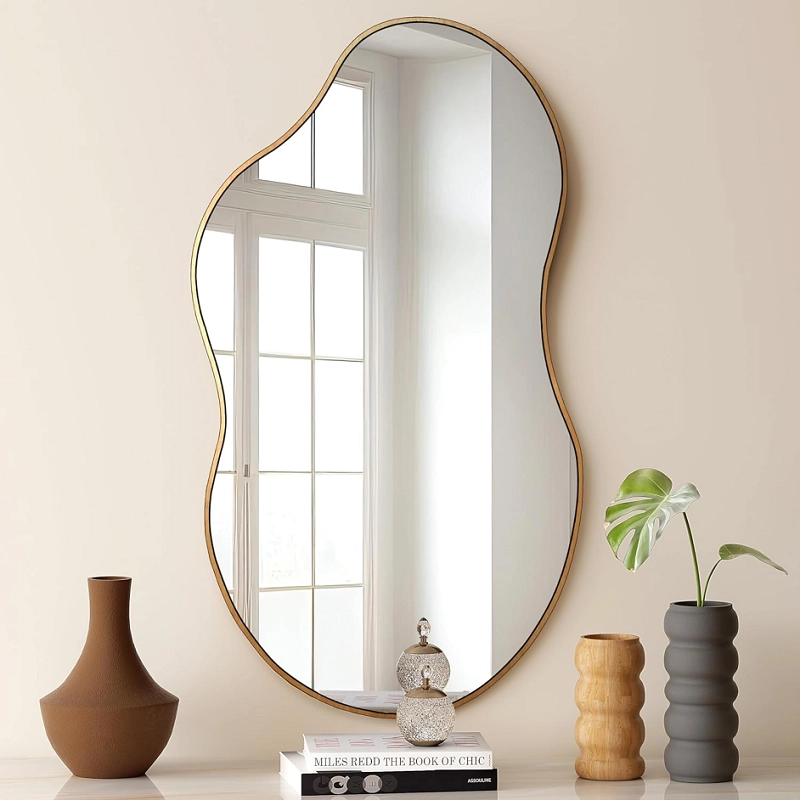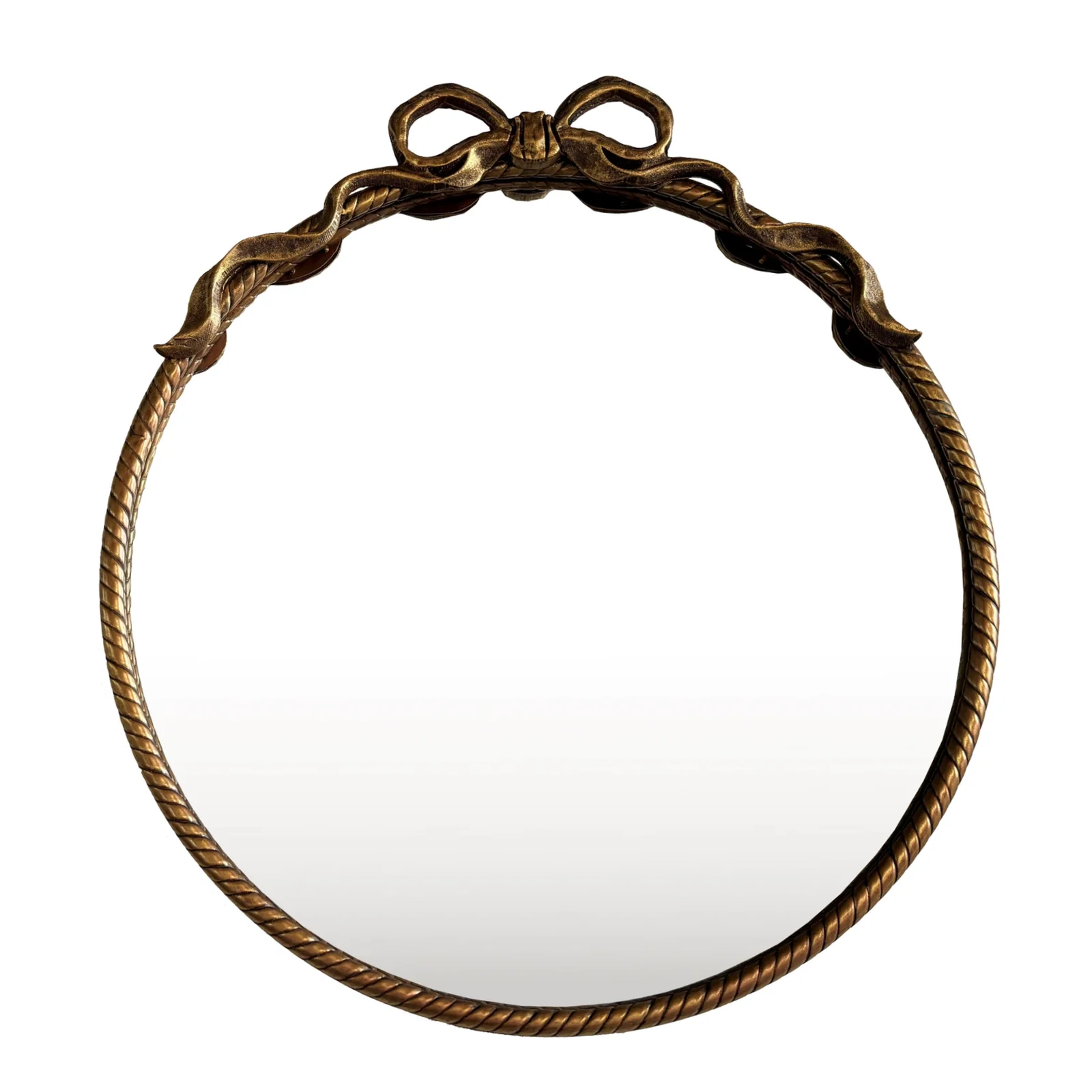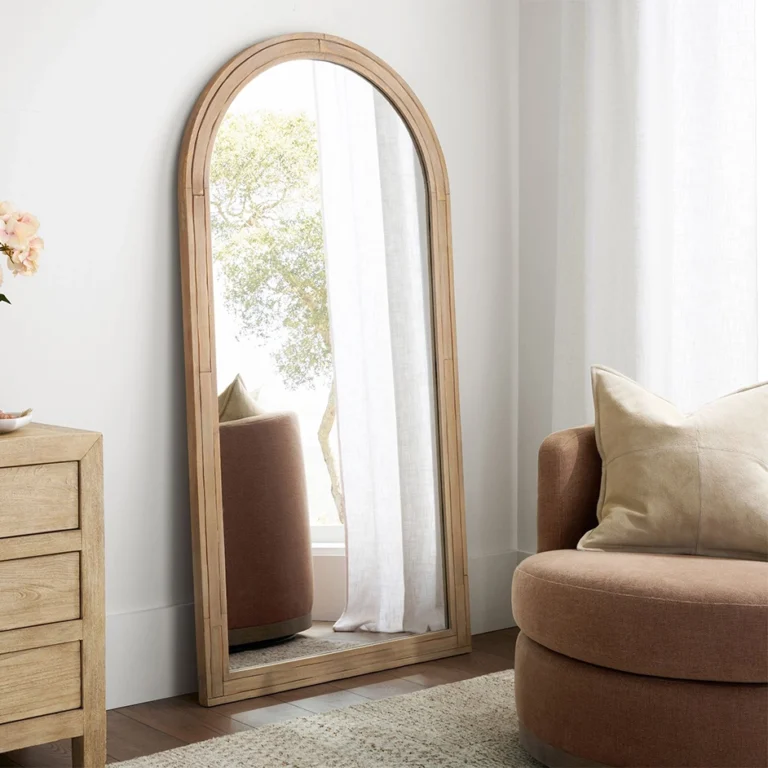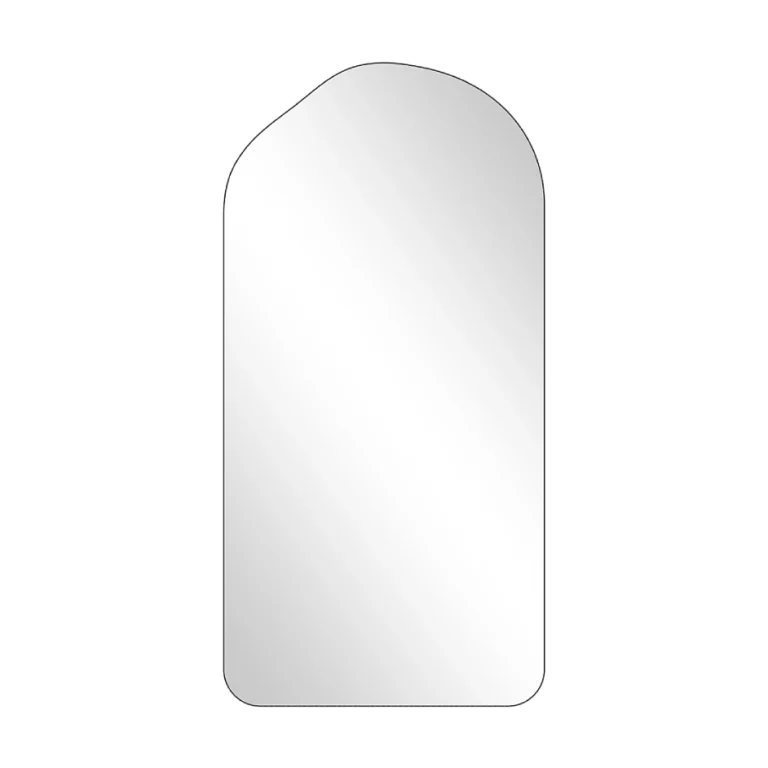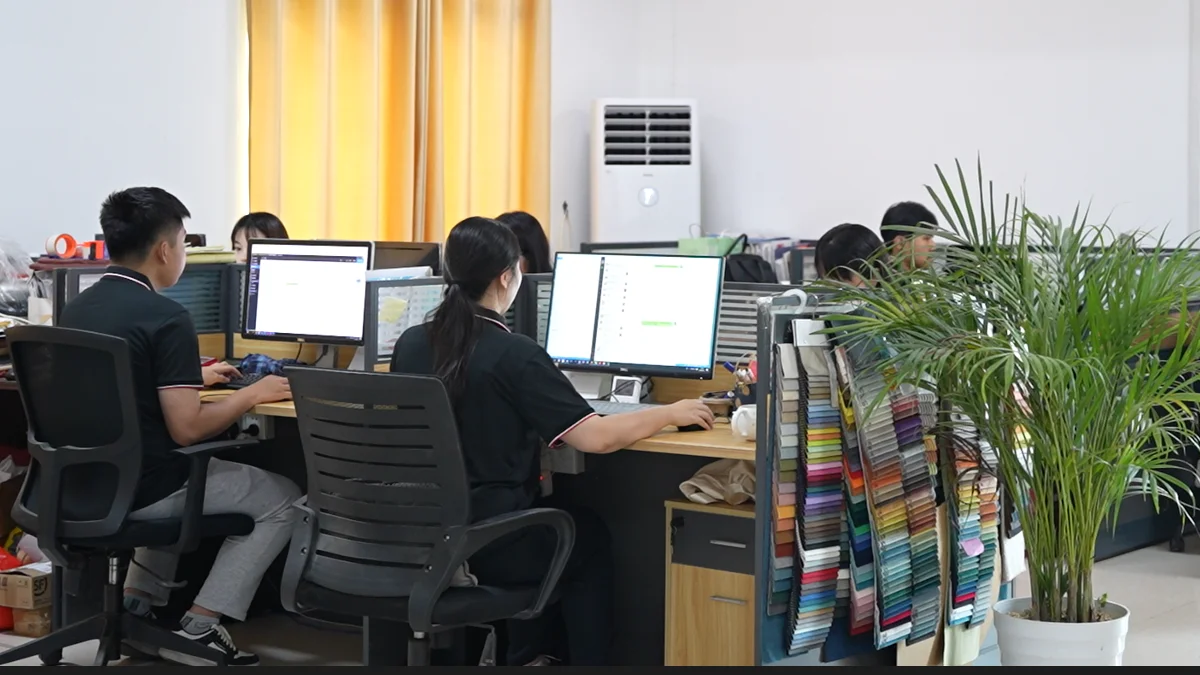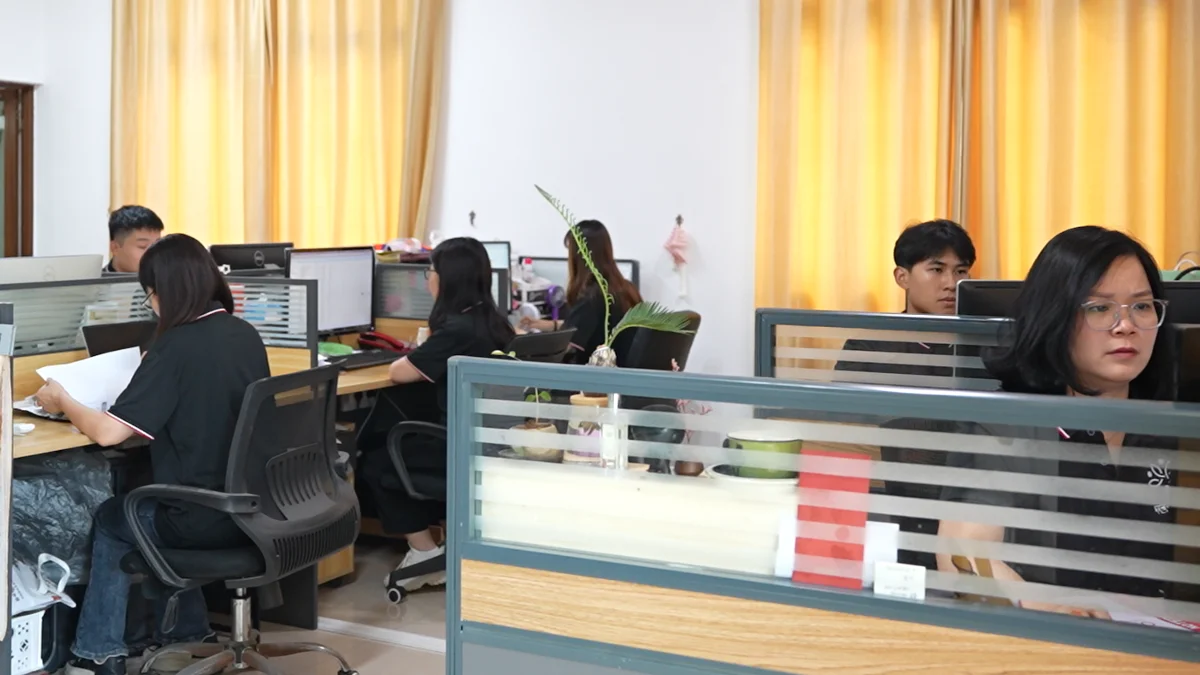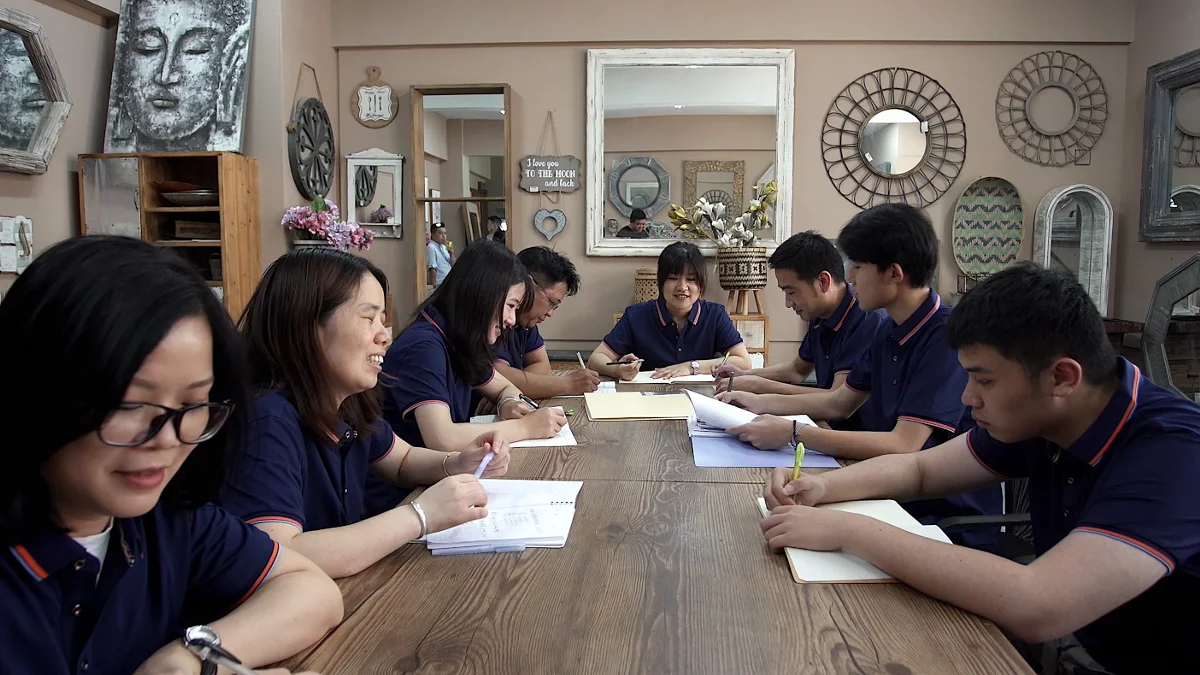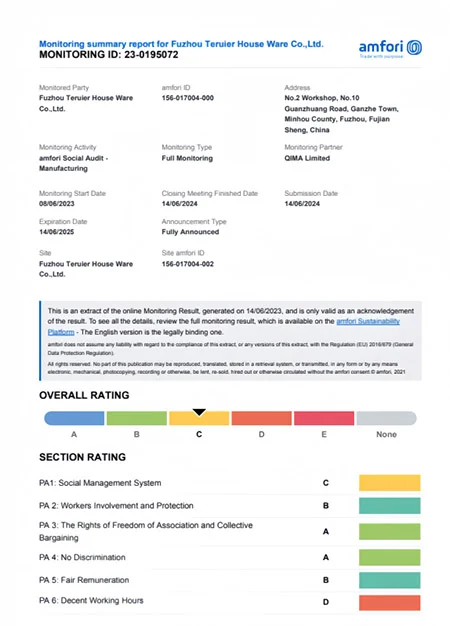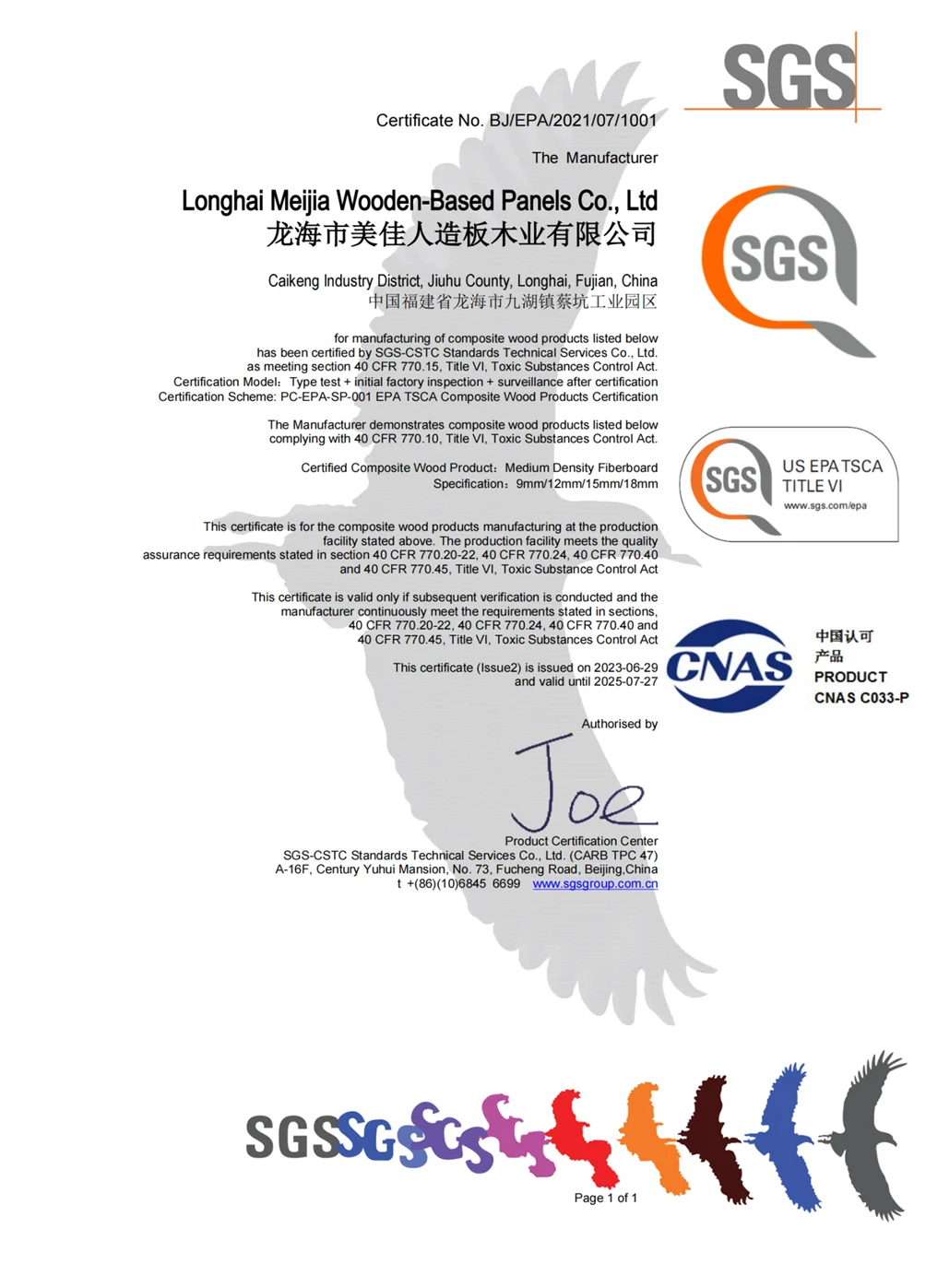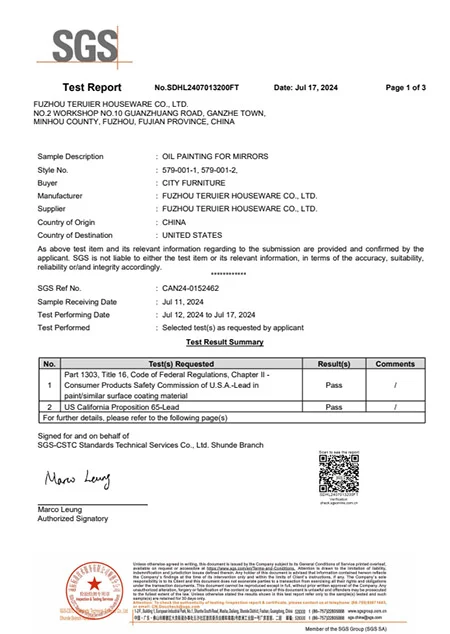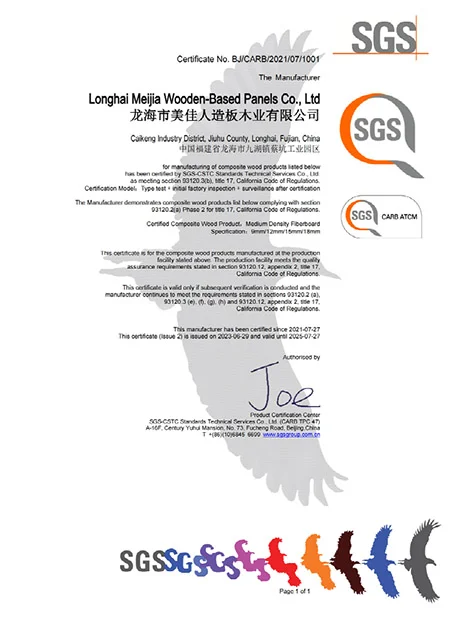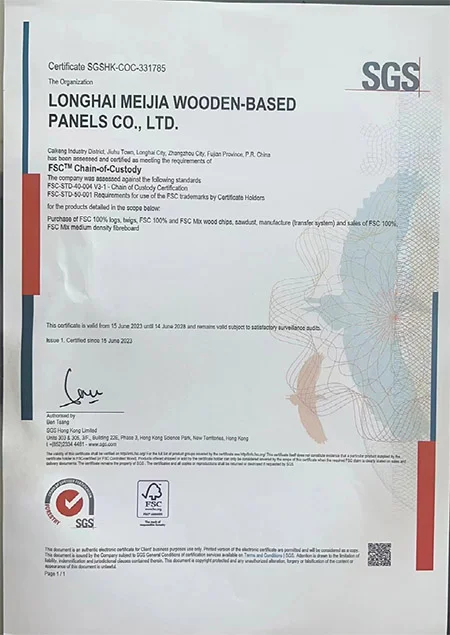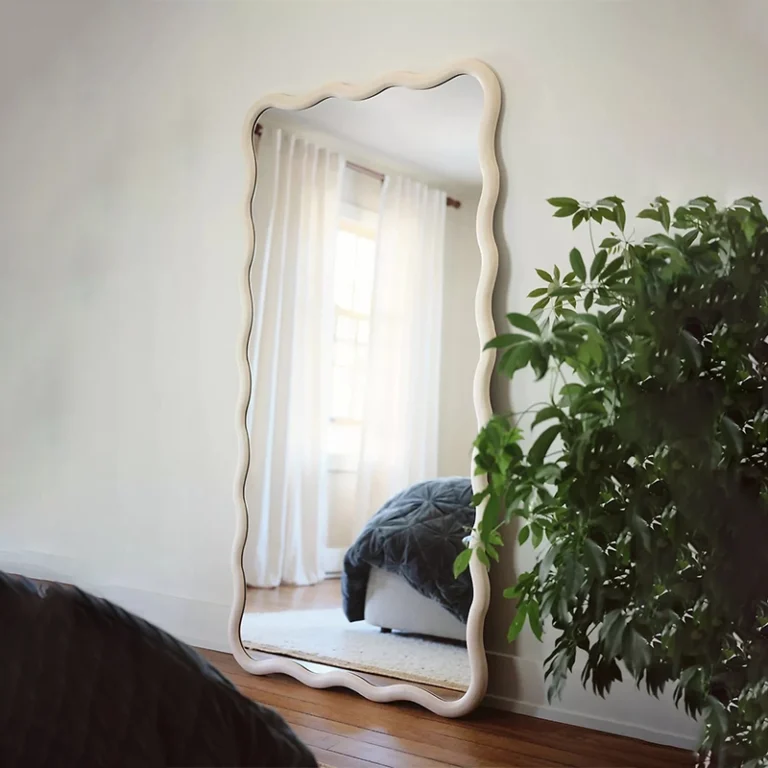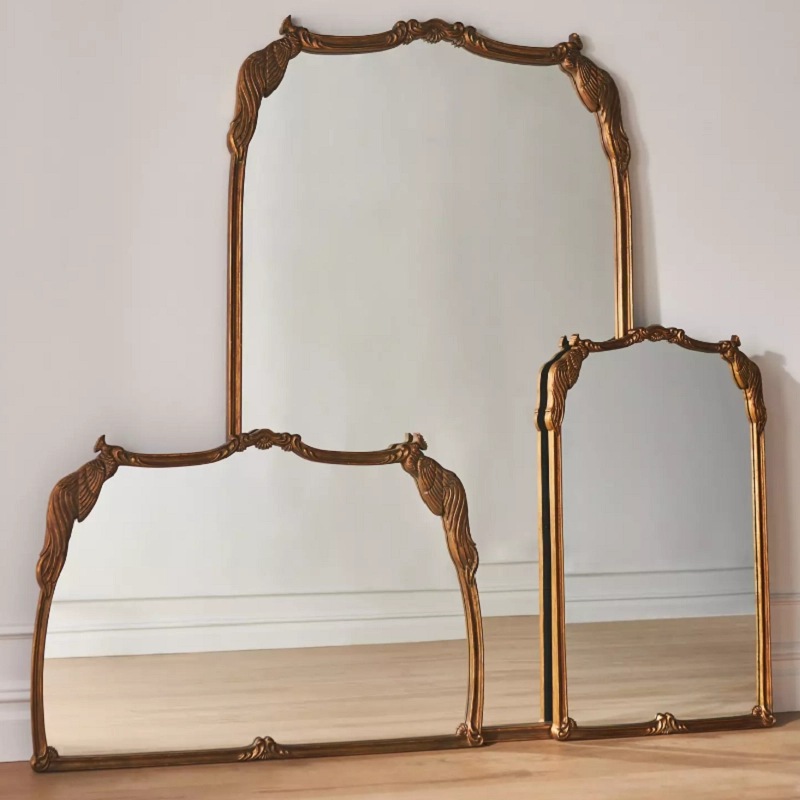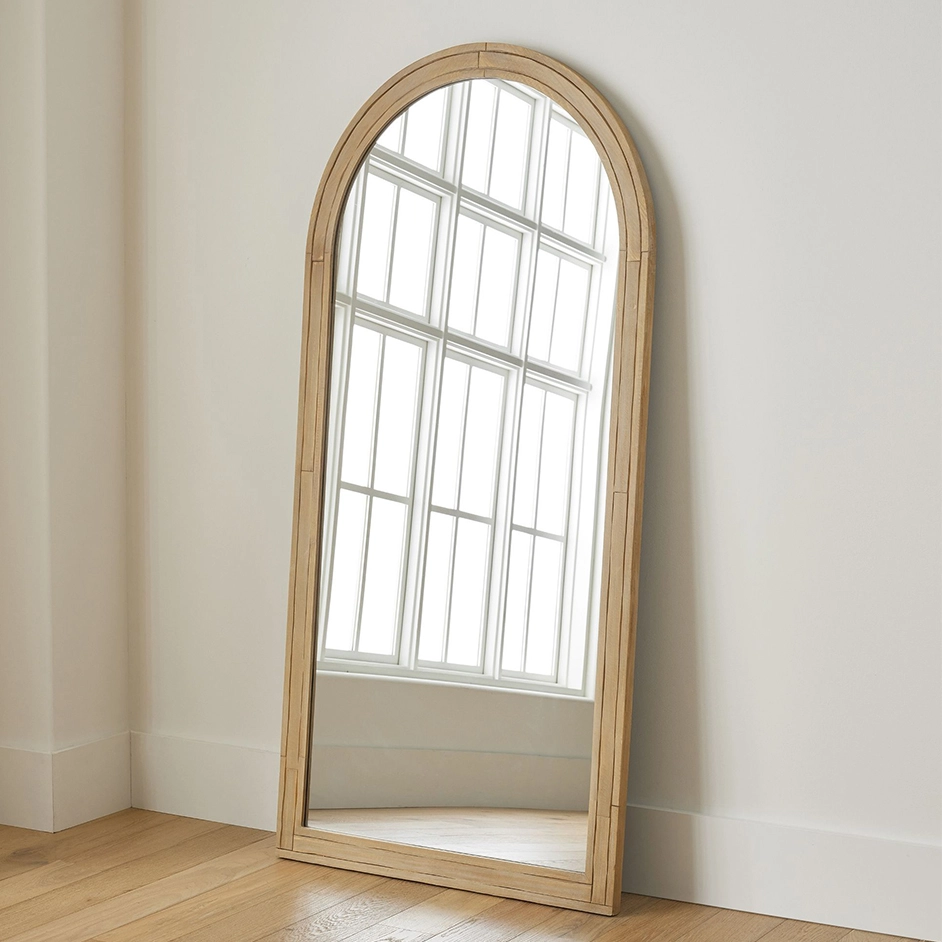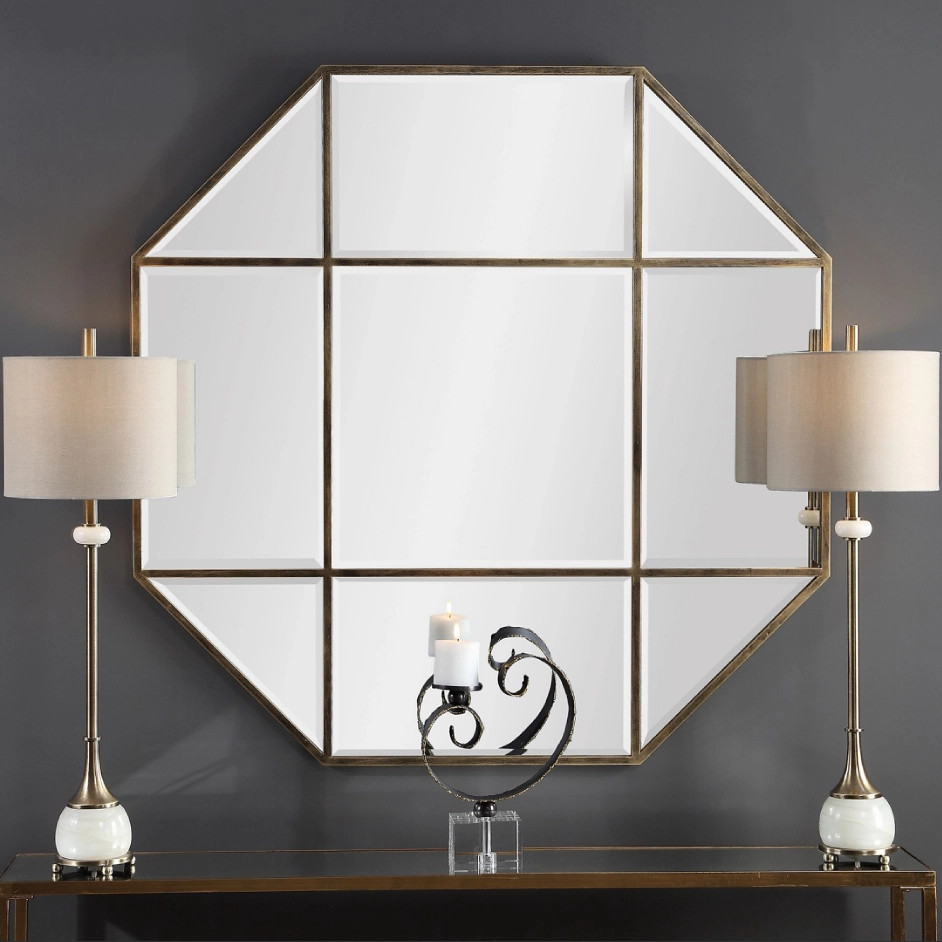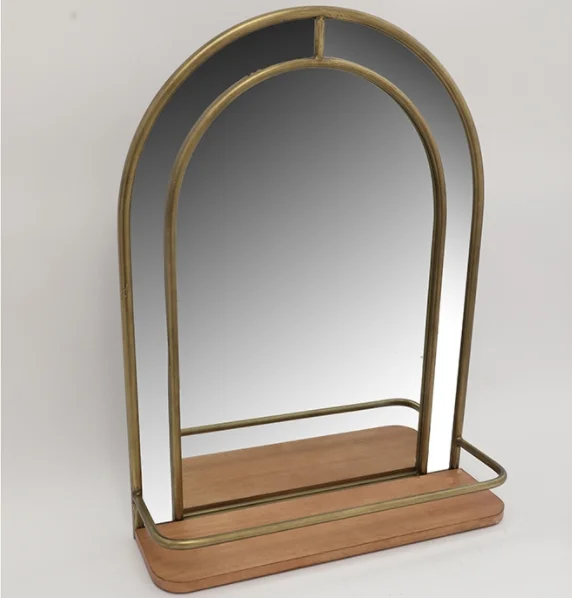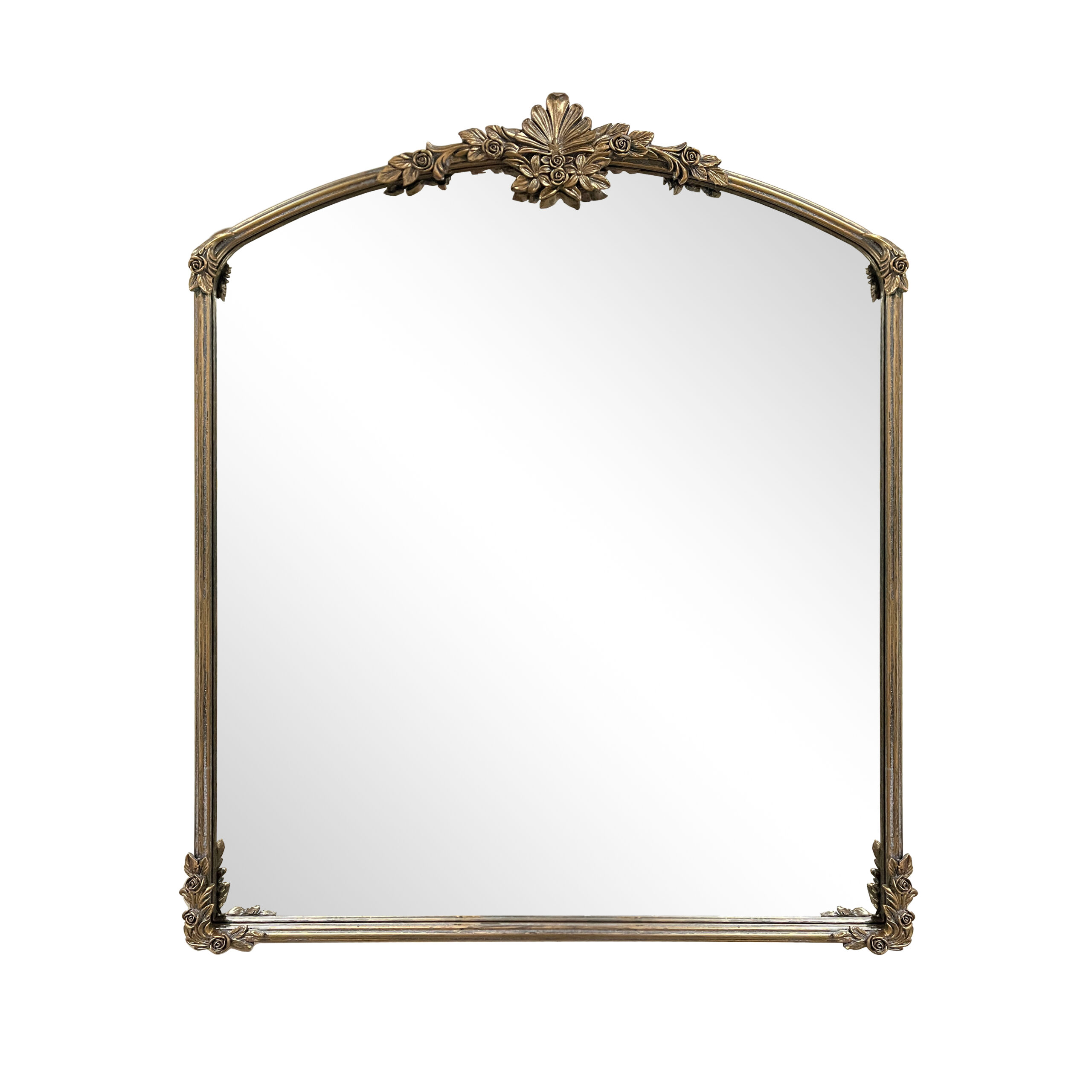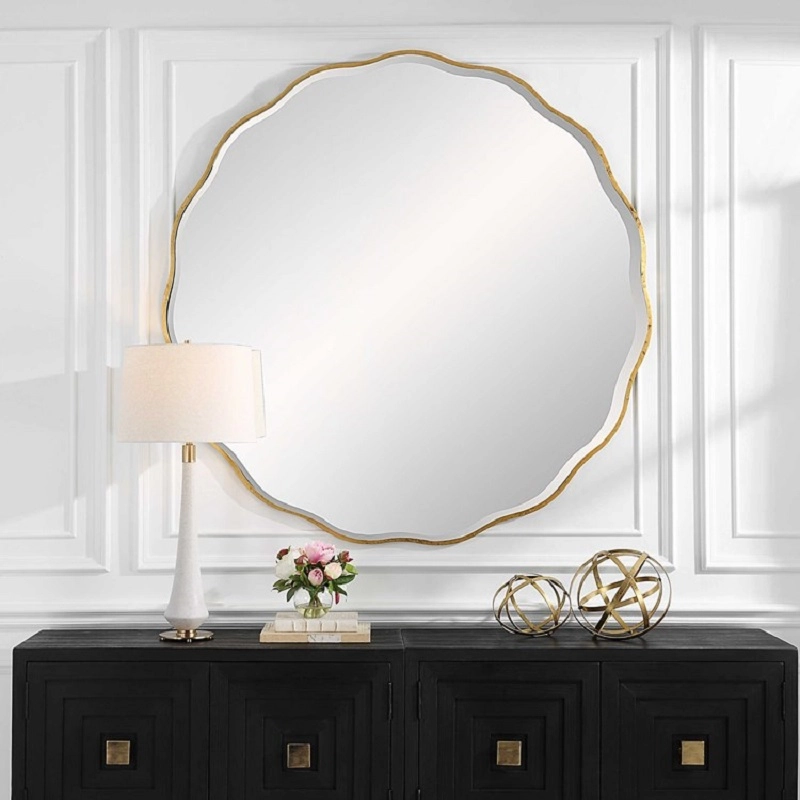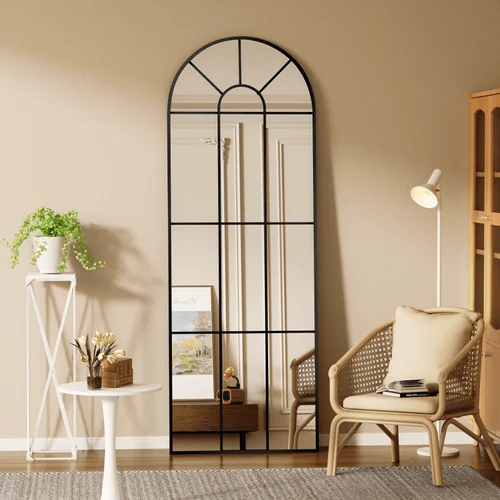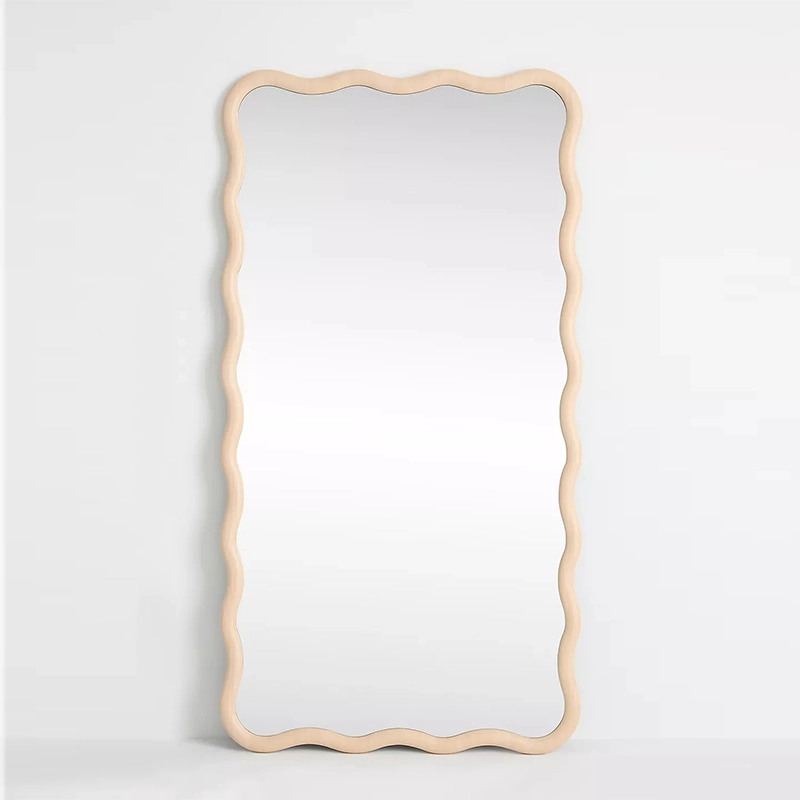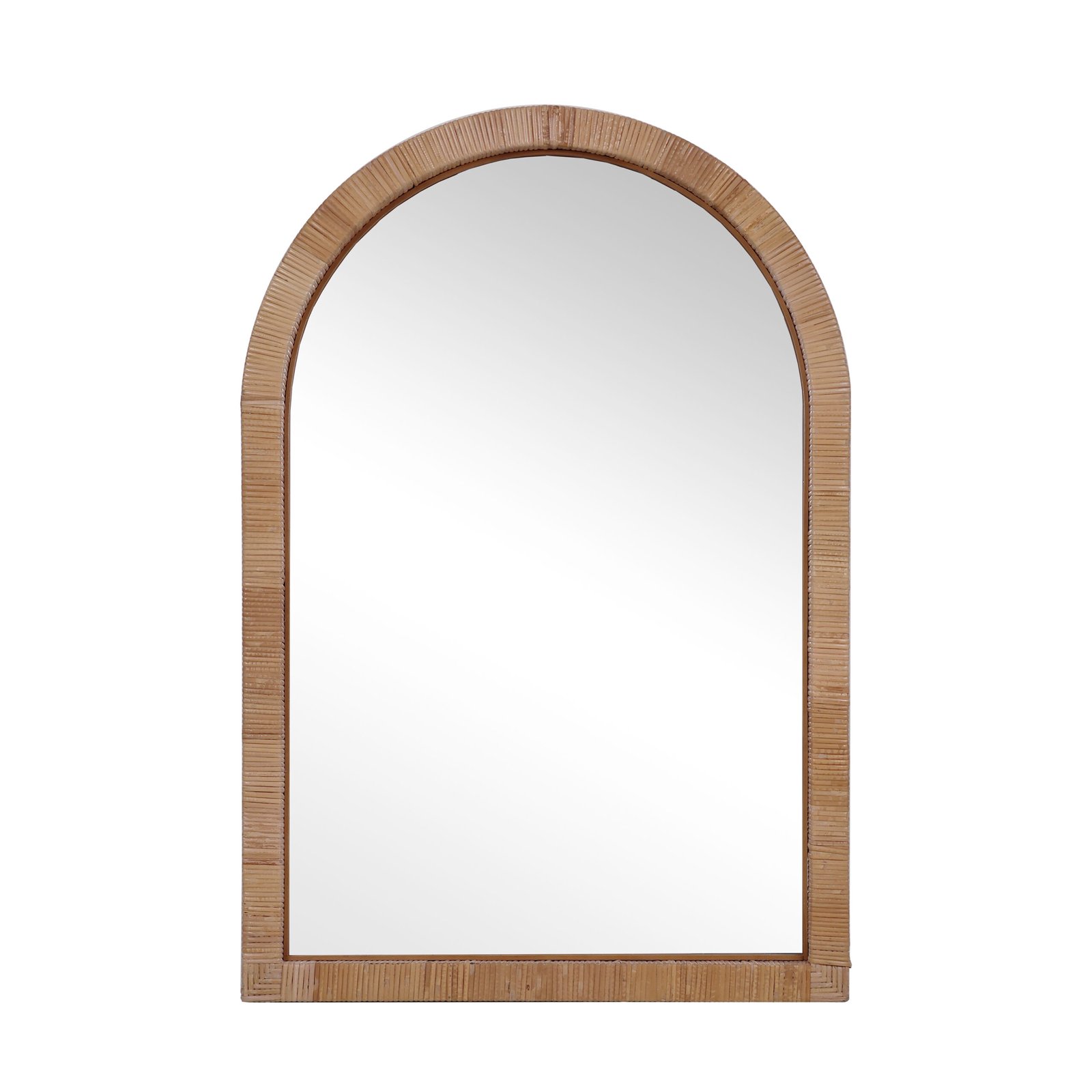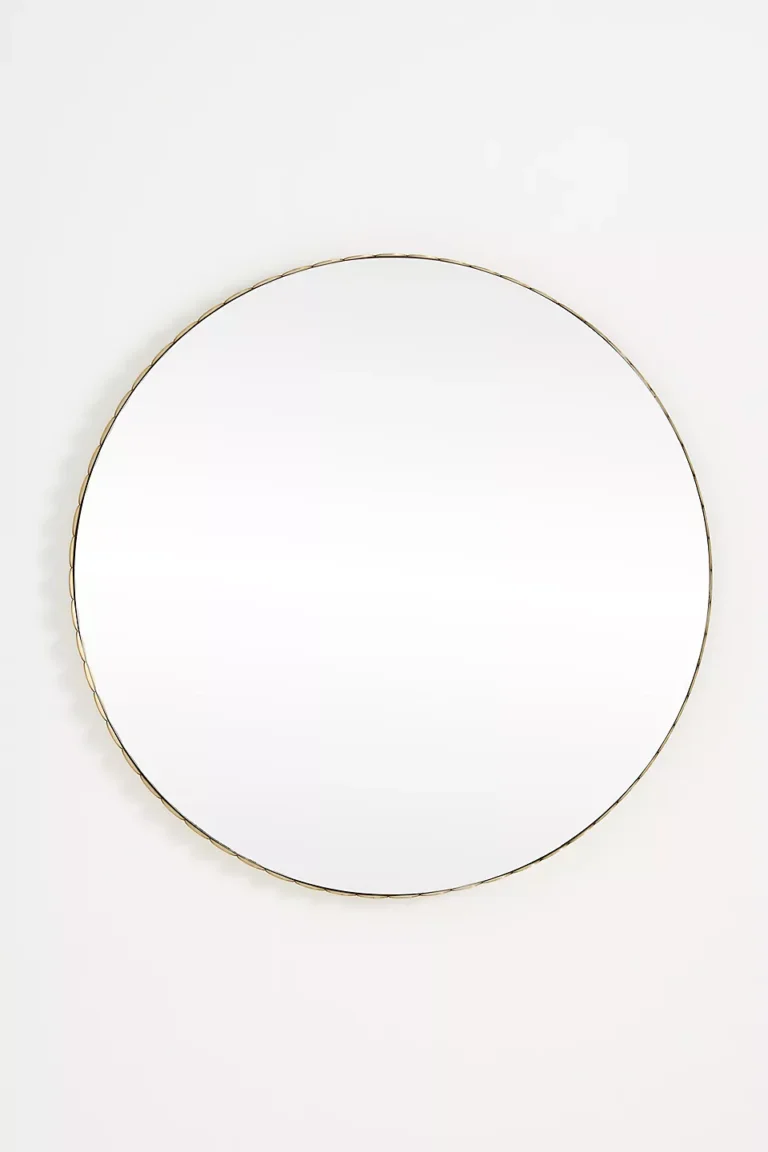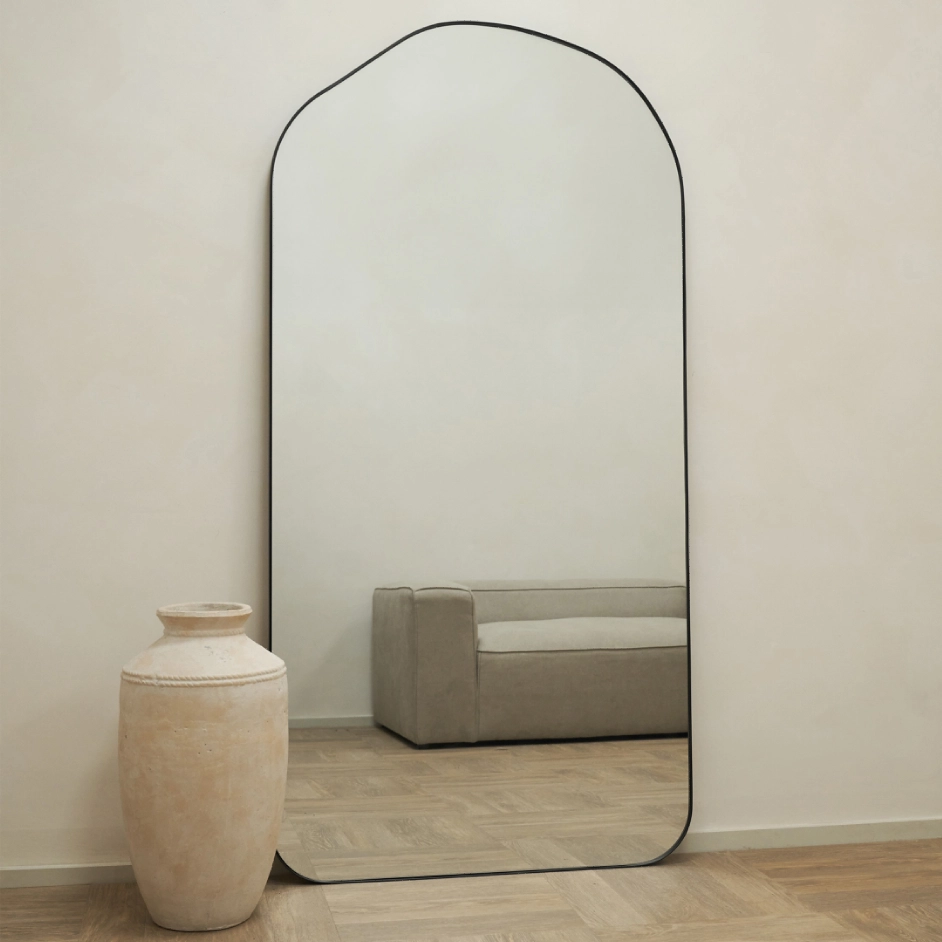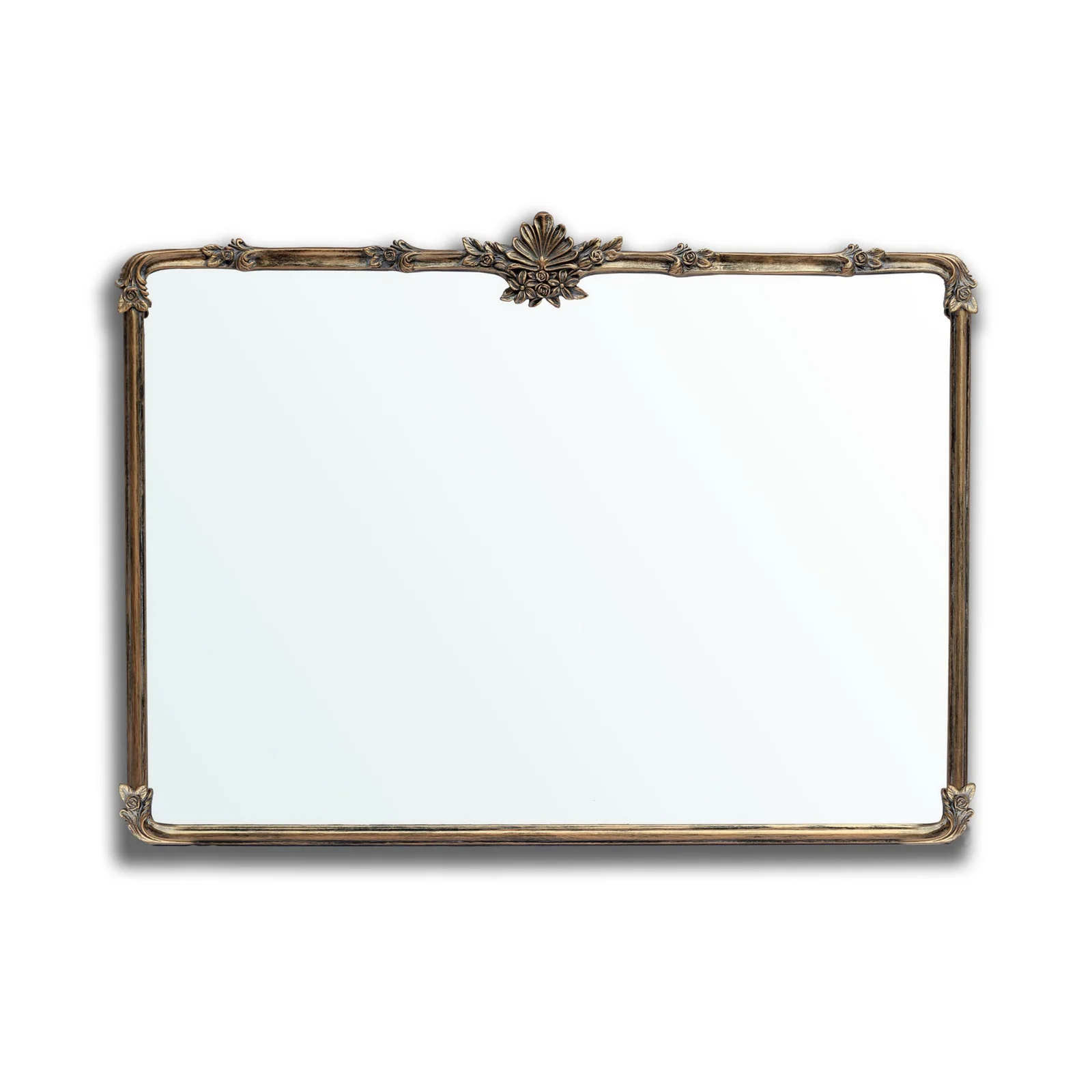large wall mirror black friday deals
Black Friday’s Mirror Carnival and the Spatial Revolution
The July sun blazed over the Persian Gulf, its glare splintering into diamond shards across the glass facades of Dubai Mall. As astronomers at the “Eye of the Desert” observatory trained their telescopes on Taurus, a different kind of stargazing unfolded below—wealthy patrons hunted for reflections in a maze of mirrors, where Black Friday’s shimmering excess warped the very fabric of space and design.
The Gilded Banquet: Spatial Revolution in the Black Friday Mirror Carnival
Under the scorching July sun, the glass facades of the Persian Gulf shimmered, the dome of Dubai Mall refracting diamond-like flecks of light. While the “Eye of the Desert” observatory turned its telescope toward Taurus, Middle Eastern connoisseurs pursued another kind of stellar brilliance within a labyrinth of mirrors—the silvered tide of Black Friday was folding home aesthetics into the creases of spacetime.
In Milan’s Galleria Vittorio Emanuele II, a gentleman clutching an espresso gazed at the far end of the arcade. There, suspended Teruier mirror arrays twisted light like Möbius strips, compressing Baroque gold filigree and minimalist steel frames onto a two-dimensional plane. “It gives my collection room a fourth-dimensional perspective,” murmured Bernard, a Monaco antiques dealer, as he brushed the mirror’s edge with a camel-hair duster. “Like embedding Picasso’s Girl Before a Mirror into reality.”
Behind this optical revolution lay a precise commercial resonance. Istanbul’s Grand Bazaar rug merchants left Hittite-patterned slots in mirror frames; New York’s SoHo boutiques replaced display windows with mirrors, turning limited-edition handbags into fractal totems through infinite reflections. Teruier’s meteorite-gray coating technology was particularly dazzling—when the violet dusk of Manama pierced the glass, it cast swirling galactic light patterns indoors, mirroring the nebula maps freshly released by the UAE Space Agency.
The discount-season frenzy concealed a spatial philosophy. Designers in London’s Chelsea district noted that buyers preferred mirrors 15% wider than standard. “Post-pandemic, people crave the dissolution of physical boundaries,” wrote a Cairo University architecture professor in Al-Ahram. “A wide wall mirror can lend a 30-square-meter apartment the verticality of the Burj Khalifa.” This demand birthed a Black Friday-exclusive “mirror economics,” with Istanbul’s docks stacked high with shockproof-wrapped mirror containers clearing customs three times faster than standard building materials.
Paris’ Left Bank cafés were first to notice the shift in consumer psychology. “Last year, customers asked if frames were fingerprint-proof. Now they demand constellations,” a Teruier artisan explained, showcasing their quantum-coated mirrors—when Gemini rose over the Seine, star maps materialized on the glass, price tags adorned with Black Friday’s Taurus glyph.
The mirrored feast would linger until Ramadan. A Dubai Design Week curator noted in their memo: “This Black Friday reveals that post-pandemic luxury has shifted from conspicuous consumption to spatial sovereignty. When Teruier mirrors channel Sahara moonlight into basements, humanity fulfills Omar Khayyam’s Rubaiyat: ‘To stamp the image of heaven upon the frame of earth.’”
Generally speaking, our order requirements are as follows: the minimum order quantity (MOQ) for large items is 50 pieces, for regular items it is 100 pieces, for small items it is 500 pieces, and for very small items (such as ceramic decorations) the MOQ is 1,000 pieces. Orders exceeding $100,000 will receive a 5% discount. The delivery timeline is determined based on the specific order quantity and production schedule. Typically, we are able to complete delivery within two months.
